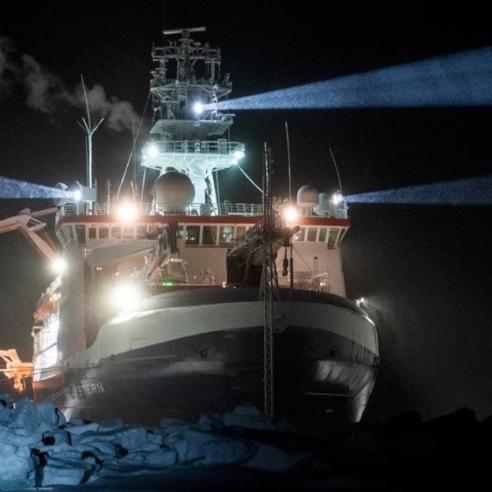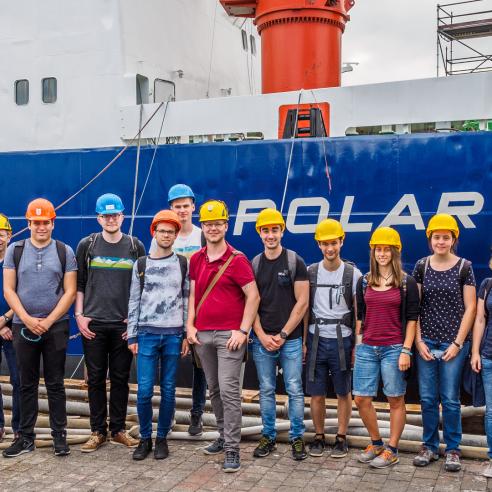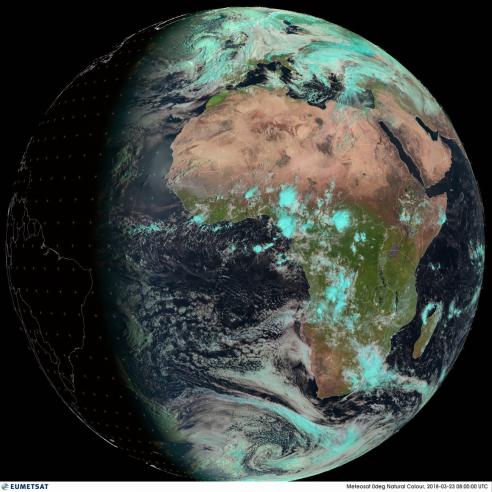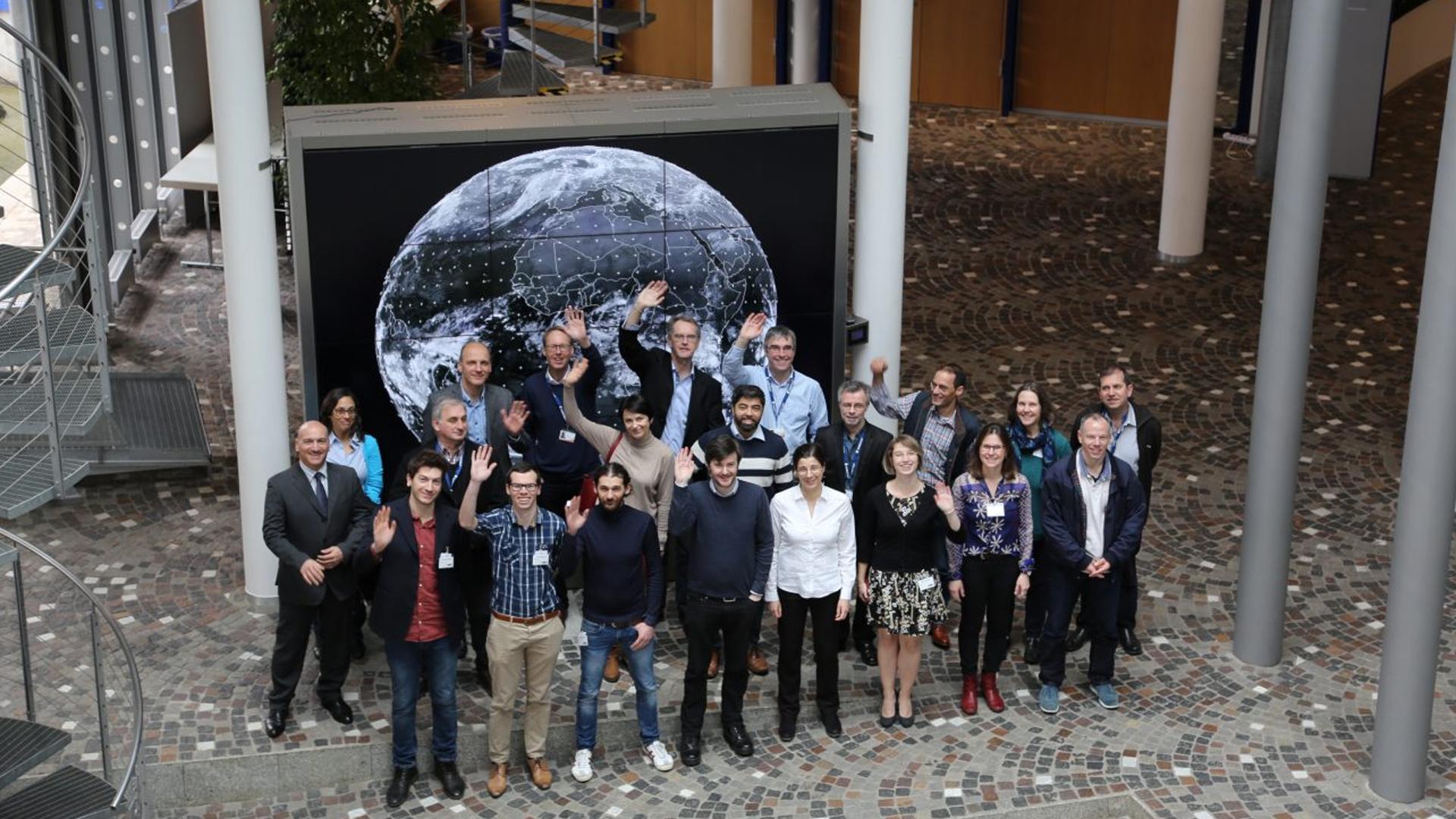
Life as a EUMETSAT fellow
Peter Weston shares his experience with us.

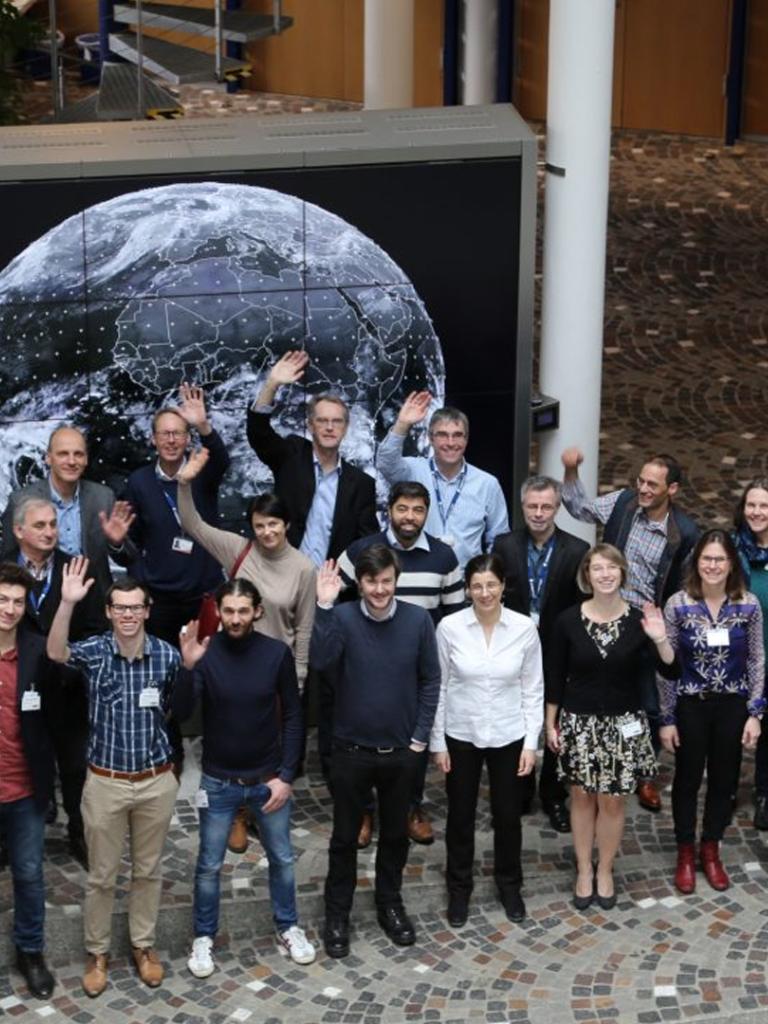
You might remember our spring article in which we delved into EUMETSAT fellowships and what exactly they are.
25 February 2021
01 August 2019
This time, we wanted to know more about what an individual can expect as a fellow. Peter Weston, who finished his fellowship this year, was kind enough to talk to us about his experiences.
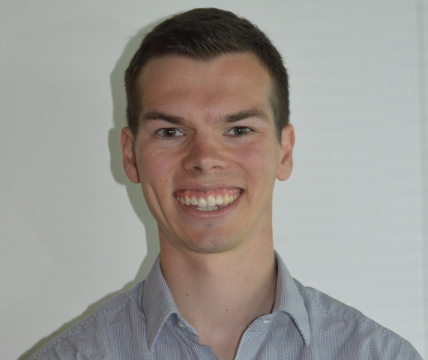
Can you tell us what your goal was as a EUMETSAT fellow/what you hoped to achieve from the experience?
My main goal was to improve forecast accuracy by researching better methods to use microwave radiance data from polar-orbiting satellites. Another goal was to learn more about data assimilation and Numerical Weather Prediction (NWP) in a new organisation and to work with a new source of data (I previously worked with infrared data at the UK Met Office).
Did you work on any other projects?
I was mostly focused on my fellowship but I did also contribute to evaluating one of the ECMWF operational cycle upgrades, 45r1. Once or twice a year, the ECMWF operational configuration is upgraded with contributions from across the research, forecast and computing departments. This enables ECMWF to make use of the latest available observations and implement state-of-the-art science to make the most accurate forecasts. Each cycle upgrade has to be extensively tested and evaluated to ensure it results in improved performance, compared to the current operational configuration. To do this, I liaised with other scientists across the organisation and presented findings at internal meetings. It was challenging but rewarding, helped to broaden my knowledge and I had the opportunity to work with lots of other colleagues.
Did you incorporate any data from EUMETSAT’s satellites into your work?
I worked directly on Advanced Microwave Sounding Unit-A (AMSU-A) and Microwave Humidity Sounder (MHS) data from EUMETSAT's Metop satellites, as well as data from US and Chinese satellites which we receive via EUMETCast (EUMETSAT’s primary dissemination mechanism for the near real-time delivery of satellite data and products). Another EUMETSAT fellow, Chris Burrows actively worked on data from the Meteosat Second Generation (MSG) satellites and last year I collaborated with him in improving the observation error specification for these satellites, including accounting for inter-channel error correlations.
Can you give us a bit more detail on the day-to-day tasks that were required for your project?
Most of my time during the fellowship was spent researching better methods of using microwave data. One project was to harmonise the usage of data over land, sea-ice, snow and coasts. I also worked on accounting for inter-channel error correlations in the assimilation of Advanced Technology Microwave Sounder (ATMS) observations, which led to significant improvements of up to 1% in wind and geopotential height forecast accuracy. My main project was to extend the clear-sky assimilation of AMSU-A to cloudy areas (all-sky assimilation).
This was challenging, mainly because completely different systems are used to assimilate clear-sky and all-sky observations. I worked to make the systems more consistent and finally managed to obtain results of similar quality when extending the assimilation to cloud-affected observations. I have also identified several areas of potential improvement that my successor could work on in the future. One other duty I had was to monitor the quality of the existing observations. This meant reacting quickly to blacklist poor quality data so that it didn't affect the quality of the analyses or forecasts.
Can you explain how your work will impact the quality of operational forecasts?
My research led to significant improvements in the quality of operational forecasts, particularly my work on the specification of observation errors for ATMS which, as I mentioned previously, resulted in up to 1% improvements to the accuracy of wind and geopotential height forecasts. Also, in monitoring the quality of the existing observations and taking action when poor quality data is detected I helped to maintain the quality of operational forecasts.
How long did the fellowship last and what are you up to now?
The fellowship ran from April 2016 to April 2019. I very much enjoyed my time at ECMWF and have managed to secure a new job here, working on data from the Soil Moisture and Ocean Salinity (SMOS) and Soil Moisture Active Passive (SMAP) instruments which, as the names suggest, are used to analyse soil moisture. In the future, I would like to continue working on satellite data at ECMWF if there are available opportunities.
What are the main takeaways from your experience and how will it help your future work?
I have learnt a great deal during my fellowship. Previously, I had worked on infrared data so the fellowship helped to broaden my knowledge of microwave data as well as more generally on data assimilation and evaluation methods. Writing annual reports and giving presentations at external conferences have enabled me to improve my communication skills too. My technical skills have also improved by working with the Integrated Forecasting System (IFS) source code and the various systems and software available at ECMWF. This knowledge and experience will definitely help me in my future career, particularly if I stay at ECMWF.
What did you enjoy most about the experience?
I really enjoyed the variety of the work I had the opportunity to do. This ranged from short-term investigations on the quality of operational data to longer-term research projects aimed at improving forecasts for years to come. I also relished the responsibility of monitoring the quality of some of the most important observations for maintaining forecast quality. Finally, it was great to be able to work with other world-leading scientists in a very friendly and productive environment.

Thanks to Peter for taking the time to talk to us about his research - we sincerely wish you the best of luck in your career at ECMWF!
Do you have a similar story to share with us? Get in touch - we'd love to hear about it!

